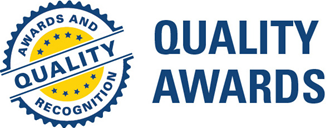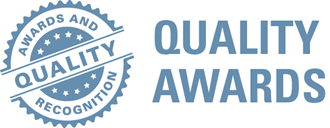
Research opportunities are through our active Clinical Research Department with a full time statistician supporting both internally sponsored and industry sponsored trials. There is strong support of all GME programs from the Executive Administration & the Board of Trustees. The Limb Preservation Fellow is required to participate in scholarly activities. Fellows are encouraged to get involved in established basic science and clinical surgical projects, as well as start other new projects.
The fellow is required to complete the following scientific works prior to earning a certificate of fellowship completion:
- Submit (at least) one completed significant scientific paper (Case-controlled study, cohort study, randomized controlled trial, meta-analysis) to a peer-reviewed scientific. Typically, this paper will be a continuation of a research project started by a prior fellow. The fellow may elect instead to submit (at least) two more minor scientific papers (case report, case series) to a peer-reviewed scientific journal in place of a more significant work. All submissions must be pre-approved by the fellowship director.
- Present a design execution or written summary of at least one research project that will be utilized by future fellows.
- Submit one scientific poster to the American College of Foot and Ankle Surgeons Annual Conference (deadline mid-September) that will also be presented as an oral presentation at the annual St. Luke’s Research Day. This may be a synopsis of a scientific paper that was previously submitted by the fellow or prior fellow. This must be approved prior to the mid-September submission deadline by the fellowship director.
- The fellow is required to participate in weekly podiatric surgery residency journal club.
- The fellow is required to present two (2) one hour Powerpoint presentations in the realm of lower extremity orthoplastic concepts to the podiatric surgery residents as directed by the fellowship director.
- The residents are assisted by the director of the fellowship and faculty advisers, as well as by the St. Luke’s Research Institute’s statistician.
- Financial and staff support is available for a research project. The residency program encourages and will support the presentation of abstracts, papers and approved exhibits at regional and national meetings.
Include photo of residents using Anatomage table from residency landing page


 Quality Awards
Quality Awards
